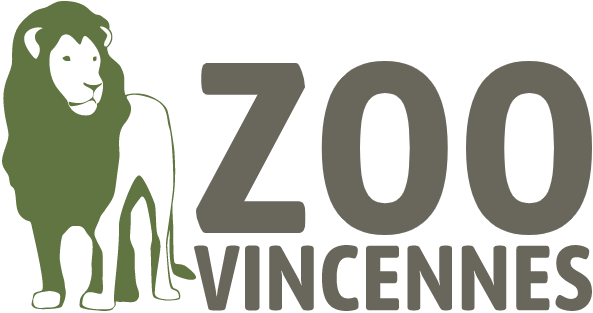Table of contents
Covering an area of 14 hectares divided into five biozones, almost 3,000 animals and 255 species, the Paris Zoological Park is a major centre for the conservation and observation of biodiversity. Here is the list of animals that you’ll be able to see during your visit.
List of animals
Paris Zoo contains 255 species of animal and 3,000 individual animals, so you will be able to see a huge diversity of animals from around the world, from the most common to the rarest. The park’s iconic animals include the giraffes, the sea lions, the penguins, the manatees, the lions, the wolves, the jaguars and the lemurs.
Among the rare animals, visitors can observe the northern lynx, the fossa of Madagascar or the European wolverine, as well as two white rhinoceroses (endangered species) and the addax (now practically extinct in the wild.)
It’s hard to name all the species present in the park, so here’s a list of the park’s most renowned animals.
The sea lions

The Paris Zoo is home to a group of 4 maned sea lions (Otaria flavescens). This species (which is found along the rocky coasts from northwest Peru up to Cape Horn, as well as in southern Brazil, on the east coast) can live for up to 29 years in captivity. The maned sea lions of Paris Zoo are called Portos (the dominant male), Nora, Aramis and Ela. The two males and two females were born in the Oceanogràfic, in the City of Arts and Sciences of Valencia, Spain – Portos and Nora in 2010, Aramis and Ela in 2012.
The monkeys

The monkey species present in Paris Zoo is the woolly monkey (Lagothrix lagotricha), native to South America (the Amazon). The species is classed as ‘’vulnerable’’ by the IUCN (International Union for Conservation of Nature).
Although these animals live in groups of about forty in the wild, you’ll find three at Paris Zoo, all three males: Luca (the biggest), Chorito and Molimo. These animals have been in the park since 2014.
The baboons

You’ll also find a species of baboon at Paris Zoo, the Guinea baboon (Papio papio). In its natural habitat in West Africa (Guinea, Senegal and Gambia), the Guinea baboon lives in the savannahs, forests and prairies, in hierarchical groups of 8 to 200 individuals. It is an almost-threatened species.
Guinea baboons live in matriarchal societies: it’s therefore not surprising that the star of Paris Zoo is a female. Uyuni was born in Paris Zoo in 2005 and she has already had several babies, the last of which, Boswa, was born in 2015. In the group is also the male Chud (the dominant male).
The pandas
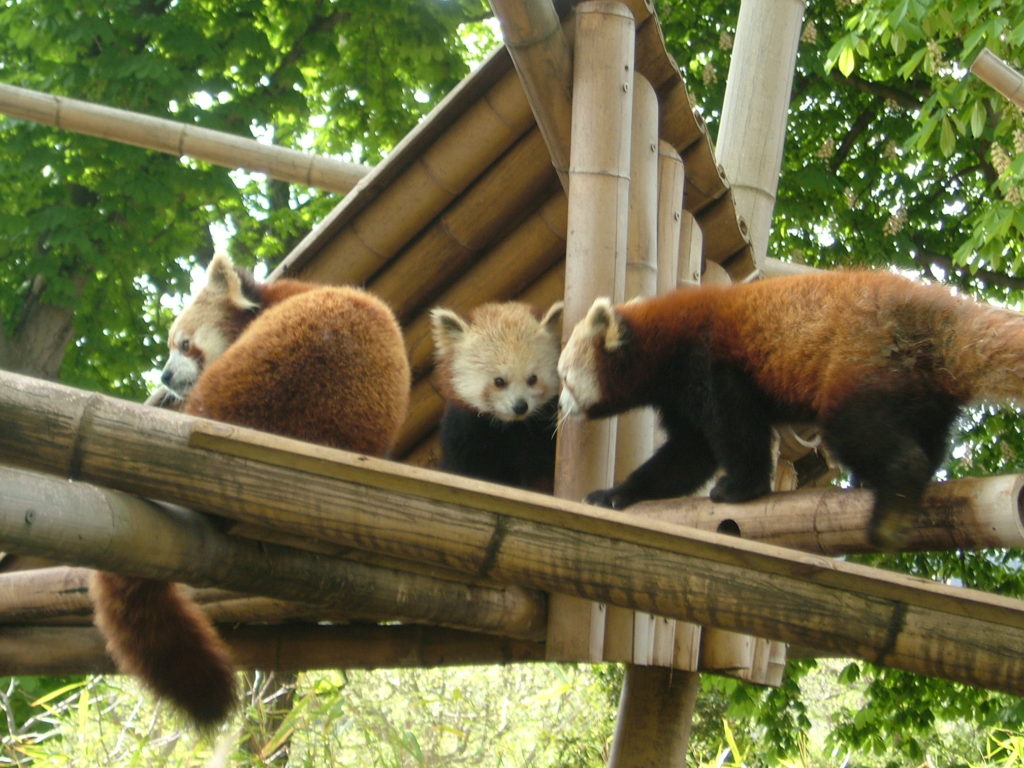
Until the 2000s, giant pandas could be observed at Paris Zoo. As a matter of fact, in 1972, the Chinese prime minister Zhou Enlai had gifted two male giant pandas to France in the context of their diplomatic relations, Li-Li and Yen-Yen.
The former died shortly afterwards, while the latter stayed in the zoo for 27 years (a record!), before dying in 2000. You can however see a red panda at Paris Zoo, a species classed as ‘’endangered’’ by the IUCN.
The dwarf caimans
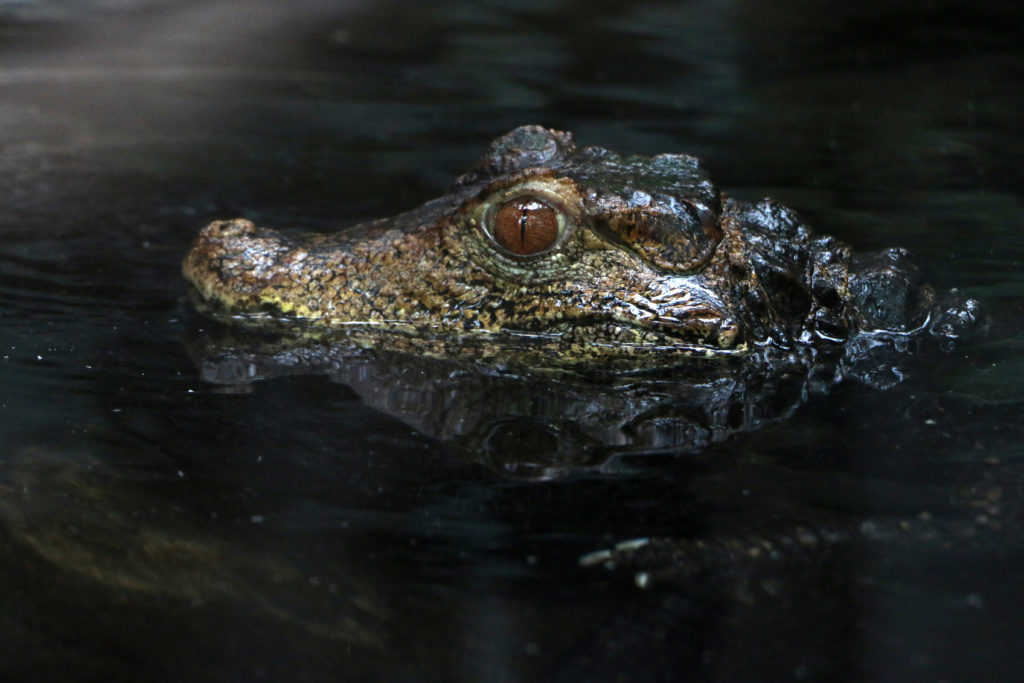
Even though they’re not always easy to spot, Paris Zoo also lodges some dwarf caimans. However, there are no crocodiles. The famous urban legend of the reptile that escaped from the zoo and walked around freely in the sewers is a thing of the past!
The giraffes

Paris Zoo is home to the biggest herd of giraffes in Europe. The giraffes of Paris Zoo belong to the Kordofan giraffe subspecies (Giraffa camelopardalis antiquorum), native to West Africa and especially to Chad and Sudan.
The presence of giraffes in Paris is nothing new: the first giraffe was given to King Charles X by Pasha Muhammad Ali of Egypt in 1827. Today, about 10 giraffes can be seen at Paris Zoo, including the giraffe Adeline, born in 1996 in Paris Zoo and mascot of the Paris Zoological Park.
The lion cubs

Paris Zoo is also home to the biggest felines in the world, lions. The species you will see there is a subspecies of the African lion, Barbary lions (Panthera leo), extinct in the wild since the 50s but still sustained in European zoos, where a total of 90 can be found.
The cats

Besides the lions, Paris Zoo is also home to other big cats, notably a jaguar couple, Aramis and Simara. The jaguar (Panthera Onca) is the biggest feline in America and also a formidable predator: its name can be traced back to a Native American word which can be translated as ‘’wild beast that can kill with a leap’’! In the wild, jaguars can be found in Central and South America (mainly in the Amazon); it is an ‘’almost-threatened’’ species.
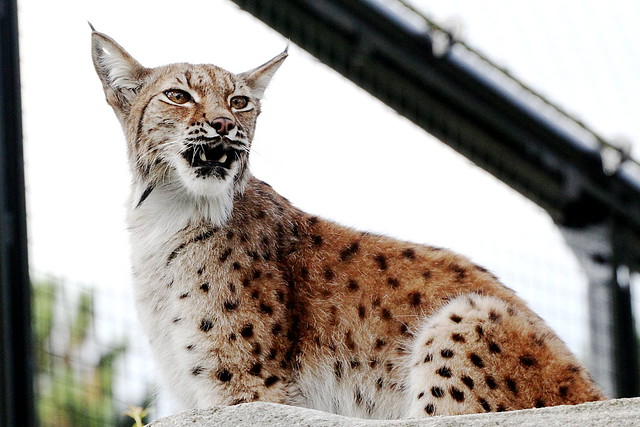
Other species of felines can also be found at the Paris Zoological Park: the fossa (Cryptoprocta ferox), the biggest carnivorous mammal in Madagascar, and the Scandinavian lynx (Lynx lynx lynx) couple Lena and Einar.
The lynx is the biggest feline in Europe but, unfortunately, the Scandinavian lynx is a species at high risk of extinction.
The zebras

The famous striped equidae have also made a place for themselves in the Paris Zoological Park. The species found in the zoo is the Grévy zebra, commonly referred to as the imperial zebra. With its imposing stature, its thin stripes and big ears, it distinguishes itself from its cousins, the plains zebra and the mountain zebra. Three females and one male can be seen.
The feeding of the animals
The employees of Paris Zoo make a point of respecting the animals’ habits in regards to eating. It is, by the way, possible to view the animals during feeding time for free (with the entry ticket). These events last 15 minutes and are a great chance for visitors to learn more about land and water animals. To consult the feeding times programme, you just need to go to the Paris Zoo website.
Feeding is carried out daily by the carers or carer-divers, in the case of aquatic animals. These employees are not only charged with checking up regularly on the health of the animals, but also with seeing to their dietary needs, by entering their cage or basin. And they do this as many times as necessary! The maned sea lions, for example, need 4 to 6 feeds per day.
Feeding is a major concern of the zoo and its managers. In fact, organic food, such as organic hay without pesticides, has recently been introduced into the diet of the mammals and land animals, notably the zoo’s two white rhinoceroses, the zebras and the tapirs.
Because the animals’ diet is calibrated and approved by the park vets, it is strictly forbidden for any visitors to feed the animals, except when this is part of an activity offered by the park.
The biozones
The principle of Paris Zoo is not so much to display the animals themselves, but to show them in their natural environment. In view of this, 5 biozones have been created.
Madagascar
Madagascar is an island where biodiversity is more at stake than ever: 80% of species present there are endemic, and the majority are threatened. The Madagascar biozone is formed of two ecosystems that can be found on the island, the dry tropical forest and the wet tropical forest.
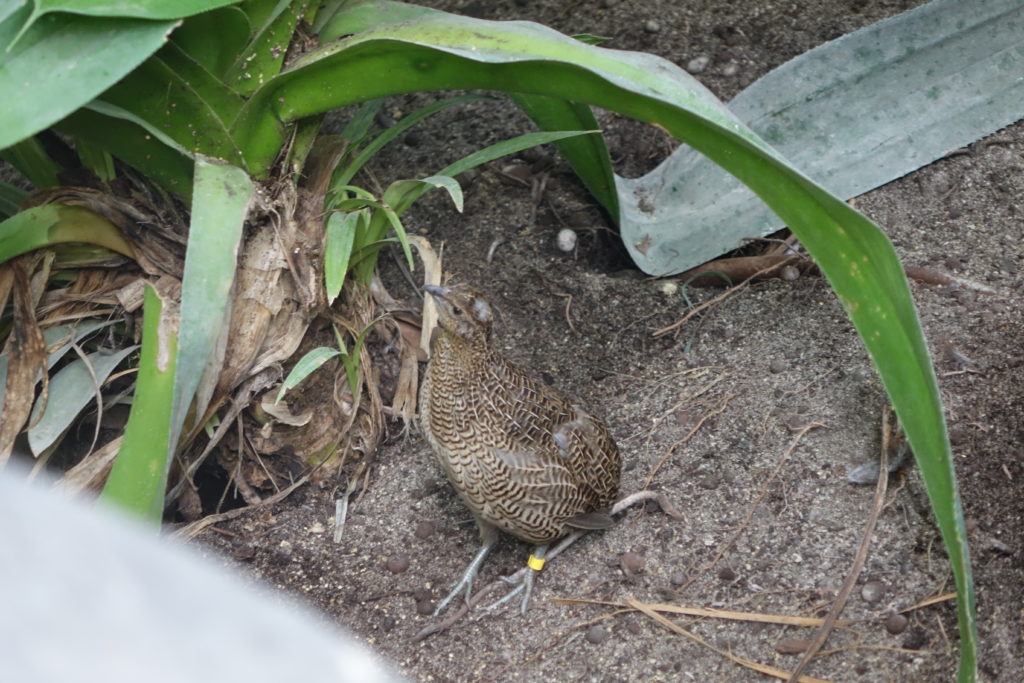
The wet tropical forest is largely situated in the Large Greenhouse: there you can find Grey-headed lovebirds (colourful birds), the Madagascar pigeon and lemurs (including the bamboo lemur, in danger of extinction). Outside the greenhouse, you’ll also find the famous fossa and dogfish.
The dry tropical forest is a complete other landscape, with short grasses and prickly shrubs; there you’ll see animals that are endemic in Madagascar such as the radiated tortoise, and the crowned safika, certainly the most well-known lemur species.
About thirty species are found in the Madagascar biozone, including several lemur species (the black-and-white ruffed lemur, the bamboo lemur, the crowned safika), chameleons, tortoises, and amphibians like the tomato frog.
Amazon/Guyana
The Amazon/Guyana biozone is split up into several zones: the equatorial forest and the wet tropical forest.

Like the Madagascar biozone, this biozone is situated in the Big Greenhouse. It is home to primates (white-faced sakis and tamarins), sloths, giant anteaters; but also many birds that fly freely in the greenhouse, such as the hyacinth macaw. Aquatic fauna is also well represented with species like the manatee (endangered), and giant boney fish (the arapaima and the arowana).
As for the equatorial forest zone, it houses species native to this part of the globe, like land tapirs, jaguars, and the bush dog. Overall, there are more than 60 species that you could spot during your visit to this biozone.
Europe

One might think that the animals of the Europe zone would be more familiar to us, but in reality, the species represented here are rare species or ones we are not used to seeing every day.
The Europe biozone is also divided into several parts:
- The conifer forest: between the oaks and birches characteristic to Europe’s great forests, you will be able to glimpse the Iberian wolves, the Scandinavian lynx, and the wolverines.
- The Big Rock, with the otter waterfall and the birds of prey aviar. You’ll be able to see rare or endangered birds of prey like the cinereous vulture, the Egyptian vulture and the red kite.
- The vivarium: located under the Big Rock, the vivarium recreates the bog landscapes common in Europe. There, you’ll see various species of amphibians (frogs, toads, newts, lizards and snakes). The rarest species, not to be missed, are the common European viper and the yellow-bellied toad.
Sahel-Sudan (Africa)
The Sahel-Sudan biozone is the park’s biggest, you’ll need to set aside a bit more time to visit it than the others.

There, you’ll find different types of savannahs (wooded savannah, shrubby savannah and short savannah) and a delta zone. The giraffe herd can also be observed there, but also mammals like the Grévy zebras, the white rhinoceroses, West African lions, and the greater kudu. And many bird species in the Big Aviary (pink flamingos, Eurasian spoonbills, Abdim’s stork…).
Patagonia

Finally, the Patagonia biozone brings you to the southernmost part of South America, between Argentina and Chile.
3 areas are found there:
- The pampa or Patagonian steppe: here you’ll be able to observe the Darwin’s rhea (similar to the ostrich), Patagonian hares (maras), and guanacos, cousins of the llama.
- The rocky coasts: this zone houses the famous maned sea lions, but also the Humboldt penguins.
- The Andean forest: here you’ll see the Andean pudu (a small deer about 40cm in height) and pumas.
It is possible to visit all 5 biozones in one day. As a matter of fact, Paris Zoo offers adapted routes (to visit the 5 zones, choose the Complete Route). Enjoy your visit!
